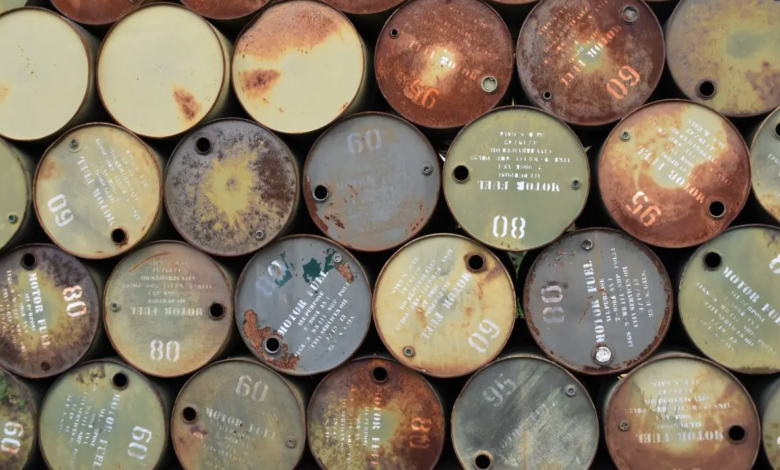Launched the 1st global fossil fuels registry

Fossil fuels monitoring covers 75% of world production
(Sustainabilityenvironment.com) – If we were to burn all the fossil fuels that we can still extract around the world, we would emit something like 3,500 billion tons of greenhouse gases. More than we’ve scattered in the atmosphere since the industrial revolution. And seven times more than we can afford if we want to keep the 1.5°C global warming target at hand.
These are the data that emerge from the first global fossil fuel database, created by Carbon Tracker Initiative together with Global Energy Monitor. A tool that collects in one place data is usually scattered between many different sources and therefore not easy to consult. For the moment, the Global Registry of Fossil Fuels covers over 50,000 sites in 89 countries, accounting for 75% of global fossil fuel production. The data refer to proven reserves, emissions and actual production.
Who dominates the global fossil fuel registry
Eight of the world’s largest producers – the United States, Russia, China, Saudi Arabia, Venezuela, Australia, India and Iran – alone have reserves close to 2,500 billion tonnes of fossil fuels, almost 70% of the global total. Washington and Moscow are the largest reserves, each with over 500 billion t each. That is enough to exceed the 1.5°C, since the carbon budget that remains, according to the IPCC, is 360 billion t (to have a 66% probability, not the certainty, to respect the lower threshold of the Paris agreement).
The largest volumes of fossil fuels in projects currently in development are concentrated in Russia and the United States. The USA with over 63 billion t, Moscow with more than 25 billion t. In the ranking of the major future contributors to the increase in greenhouse gases from fossil fuels are followed by Qatar (20.9 billion t), Saudi Arabia (15.3), Brazil (12.5), Canada (10.2), Iraq (9.6) and UAE (9.4).
These figures are in no way compatible with international climate commitments, starting with those formally reaffirmed at COP26 in Glasgow last year.
Read also Fossil fuels finance, mind blowing figures, 4.600 billion from 2016 to today
“Countries like to talk about emissions, they don’t want to talk about fossil fuels,” said says Mark Campanale, founder of the Carbon Tracker Initiative. “Emissions are from the use of fossil fuels and you can’t do anything about emissions until you’ve actually come to a conclusion about what you’re going to do about fossil fuels. “When we’re in a situation where you’ve got two, three, four times more fossil fuels in development for the remaining carbon budget, then that tells you that policy is more than slightly out of sync. It’s fundamentally out of sync.”





